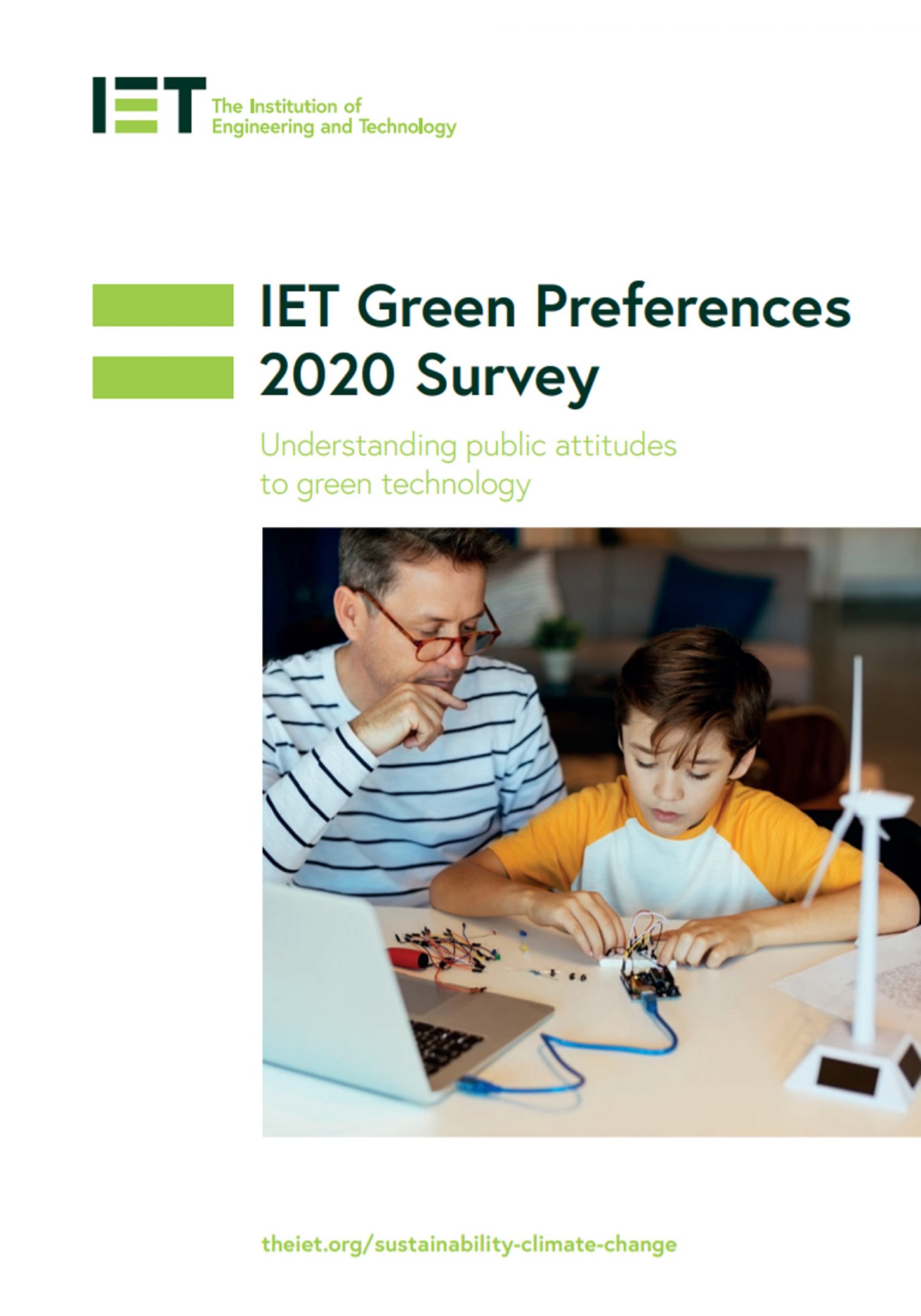Workspace / ASABE
- Home Page 366

Autumn Syllabus Week 47 | November 17 – 23
Monday | November 17 | Colloquium 16:00 UTC
Tuesday | November 18 | Colloquium 16:00 UTC
Wednesday | November 19 | Colloquium 16:00 UTC
Thursday | November 20 | Colloquium 16:00 UTC
Friday | November 21 | Colloquium 16:00 UTC
Saturday | November 22
Sunday | November 23
Title 24
This content is accessible to paid subscribers. To view it please enter your password below or send mike@standardsmichigan.com a request for subscription details.
LIVE: 91.9 KSDB-FM
This content is accessible to paid subscribers. To view it please enter your password below or send mike@standardsmichigan.com a request for subscription details.
S. 2470: Love America Act of 2021
https://www.govtrack.us/congress/bills/117/s2470
H.R. 5990 Dual Credit Programs
This content is accessible to paid subscribers. To view it please enter your password below or send mike@standardsmichigan.com a request for subscription details.
H.R. 5890 Student Loan Borrower Safety Net Act of 2021
This content is accessible to paid subscribers. To view it please enter your password below or send mike@standardsmichigan.com a request for subscription details.
We need more kids
This content is accessible to paid subscribers. To view it please enter your password below or send mike@standardsmichigan.com a request for subscription details.
New update alert! The 2022 update to the Trademark Assignment Dataset is now available online. Find 1.29 million trademark assignments, involving 2.28 million unique trademark properties issued by the USPTO between March 1952 and January 2023: https://t.co/njrDAbSpwB pic.twitter.com/GkAXrHoQ9T
— USPTO (@uspto) July 13, 2023
Standards Michigan Group, LLC
2723 South State Street | Suite 150
Ann Arbor, MI 48104 USA
888-746-3670












